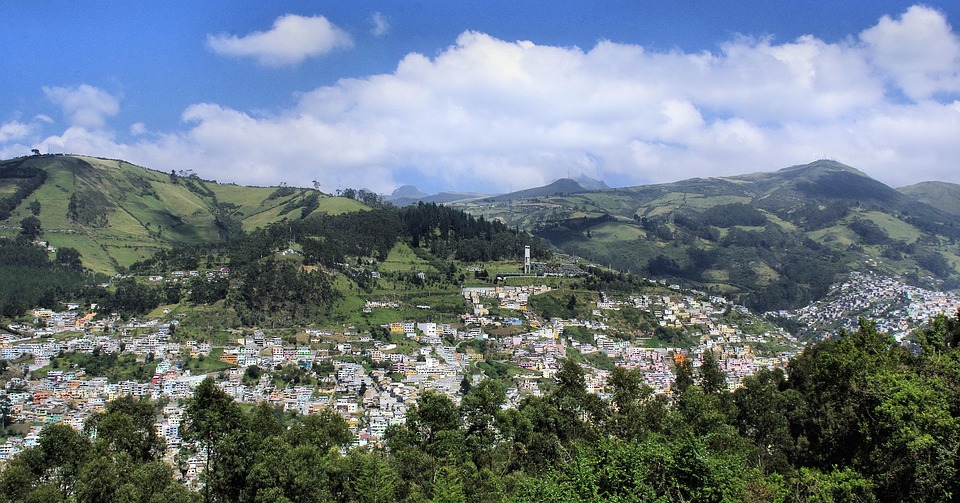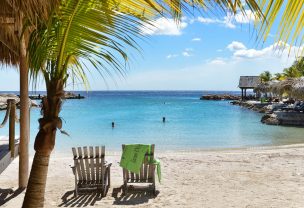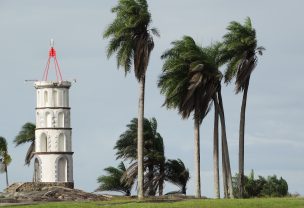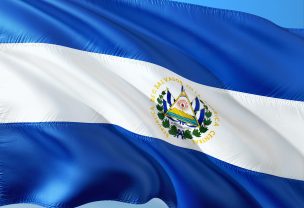Quick facts
- Full name: Republic of Ecuador
- Capital: Quito
- Largest city: Guayaquil
- Official language: Spanish
- Area: 283,561 km2
- Population: 16,385,068
- Currency: United States Dollar ($) (USD) 1 USD = 100 cents
- Foreign tourists: 1.4 million (2016)
- Travel risks and hazards: Violent and petty crime, earthquakes, tsunami waves, active volcanoes.
For one of the smallest nations in South America, Ecuador certainly has it all. Its eastern side is covered in a thick Amazonian jungle while the Andes run right through the middle leaving lowlands and the Pacific coast at the western side. It is one of the 17 megadiverse countries. Although Ecuador is a wonderful place to visit there are hazards that visitors must beware of.
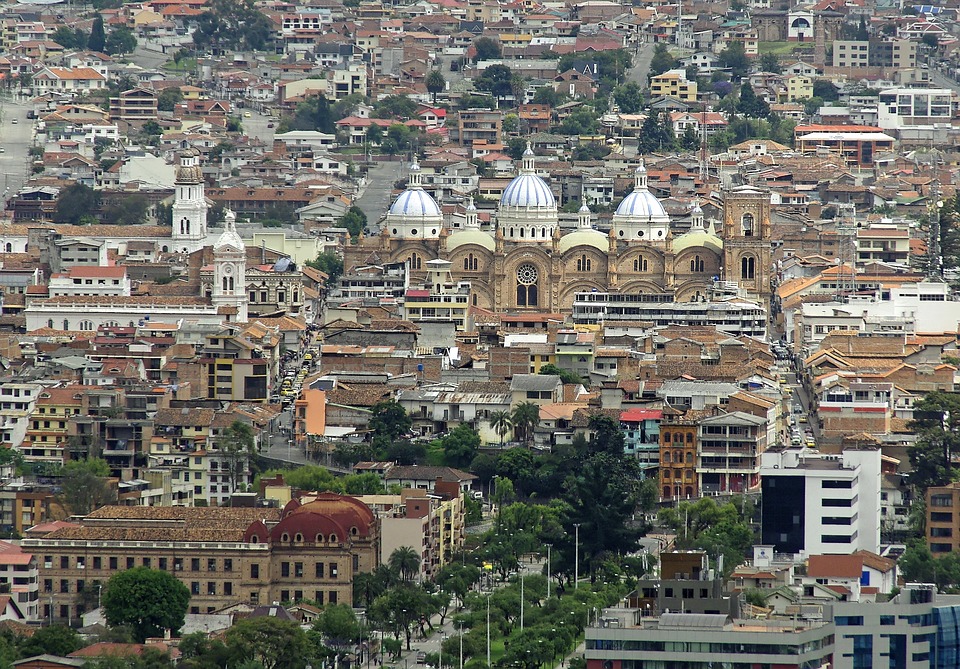
Travelling info
All tourists visiting Ecuador are required to have a valid passport and a return or continuation ticket. Certain nationals may travel and stay up to 90 days without the requirement to obtain a visa whilst others must obtain the document prior to entry. Visitors who decide to travel around Ecuador in a vehicle are required to have their domestic driving permit and an international driving permit as well. IDP holders must beware that it does not substitute for the original driving permit and must always be complemented by the original permit.
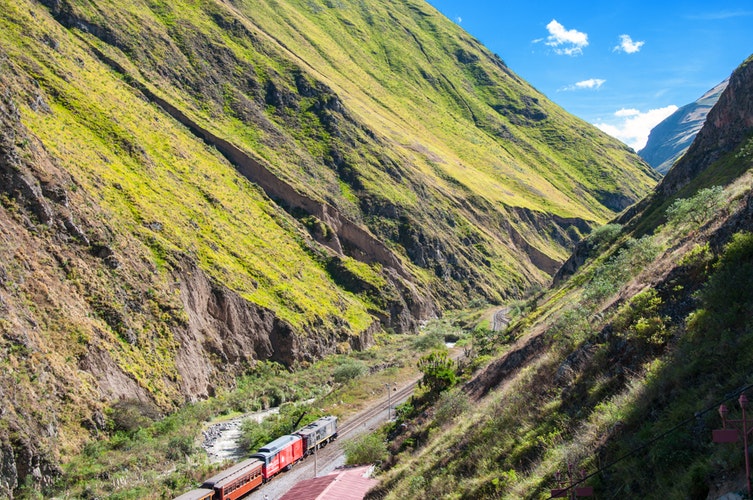
Travelling hazards
Road conditions although improving still greatly vary across the country. Highways although well maintained often lack illumination or any sort of signs and sometimes even road markings. Rural roads and roads of lesser importance are often unpaved or poorly paved and riddled with potholes. Driving at night can be especially dangerous due to poor illumination, and narrow and steep roads in the mountainous regions. It is important to watch out for other vehicles as these often break down or lack proper lighting due to poor maintenance. Public transport is cheap and widely available however it is quite dangerous due to high crime rates. (for more see crime section). Beware of not registered taxis that will charge greatly overinflated prices. Registered taxis have orange registration plates or white plates with an orange stripe on them.

Environmental hazards
Because of its diverse landscape, Ecuador has a quite diverse fauna as well. There are over 300 species of mammals in Ecuador alone. There are three species of mammals that could pose a threat to humans. The spectacled bear is the largest of these however only one fatal attack has been recorded ever. These animals are only aggressive when protecting their cubs. Normally in when encountering humans, these animals react in a docile manner. These bears inhabit only the mountainous areas of Ecuador. Two large species of cats inhabit the eastern part of Ecuador. Jaguars and cougars come into contact with humans more often than the spectacled bear. These two have usually overlapping territories however contact with humans is rather rare. An encounter with either can be very dangerous. Ecuador has a serious problem with feral dogs. These are ever present and may be a serious threat when in packs. There are several species of venomous snakes, these include pitvipers and sea snakes. Antivenom is generally available throughout the country. The Ecuadorian coast is generally safe however swimming is not for the inexperienced as the undertow is very strong and can carry an amateur swimmer away quite quickly. Shark attacks are very rare around the Ecuadorian coast with only two recorded attacks however the Galapagos islands which are part of the country have triple the amount. Shark sighting is much more common on these islands than off of the Ecuadorian coast. It is advised to stay out of the water after dusk as these creatures are most active around that time.
Ecuador is in the area of the Pacific ring of fire meaning it is often struck by major earthquakes reaching high magnitudes with the most recent in 2016 reaching 7.8 on the Richter scale and injuring almost 30 thousand people. Due to such intense seismic activity the country is often hit by tsunami waves that can greatly damage the coastal urban areas or even kill people. In 2011 a tsunami wave has taken almost a thousand lives. There are 9 active volcanoes in the country that may erupt at any time.
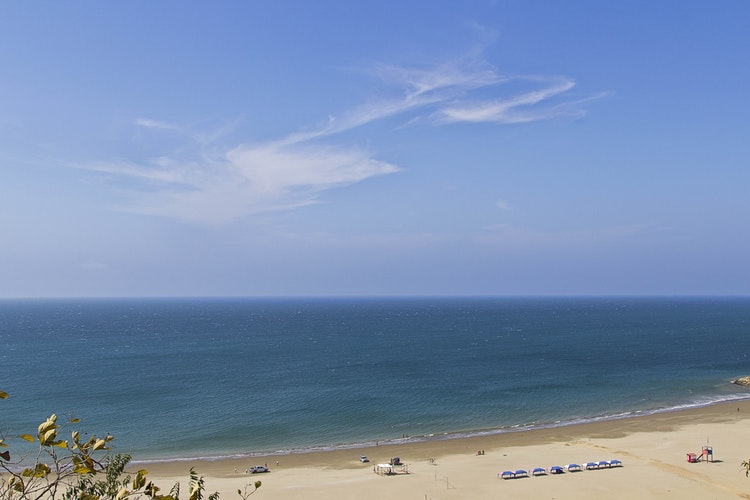
Health hazards
Every visitor travelling to Ecuador from a country with a risk of yellow fever is required to obtain a yellow fever vaccination in order to enter the country. Furthermore, parts of Ecuador are risk areas and the yellow fever vaccine is highly recommended. Other recommended vaccines include the routine vaccines, typhoid, hepatitis A and B and rabies vaccine. (link in sources) There is a risk of contracting malaria in Ecuador. The mosquitoes of Ecuador are often carriers. Unfortunately, there is no approved vaccine against malaria. There is however medicine on prescription available to anyone after consulting their local general practitioner. Visitors are also recommended to use mosquito repellents and mosquito nets. Ecuador has high-quality care at very accommodating prices. Both public and private sector is well supplied and staffed. There are physicians of all specialities in the country. Most of the major facilities are found in the cities however there are numerous smaller clinics in the country. The facilities are well able to take care of any emergencies meaning medical evacuation is not necessary.
In case of an emergency dial 911.
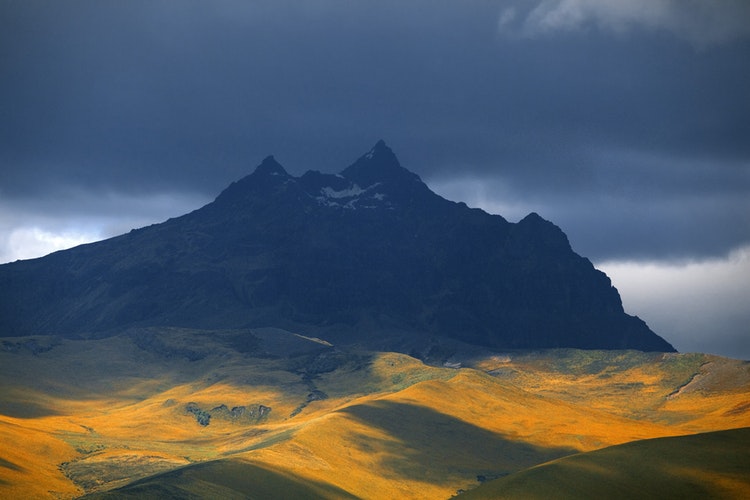
Crime
Crime is one of the major concerns of Ecuador. There are parts of the country where travel is not recommended or advised to avoid, these are mainly the northern areas bordering Colombia. The murder rate is quite high and there is a very high risk of being robbed or pickpocketed. It is unsafe to visit banks or ATMs as targets are often picked right after money withdrawal and followed until an opportunity for a robbery arises. Rented cars are often broken into. There are several steps to follow that will reduce the risk of falling a victim of crime. It is generally not advised to be out at night as the risk of muggings, kidnapping and generally theft is significantly increased. If deciding the explore the Ecuadorian nightlife it is advised to stick to popular tourist areas as these are safer. Secluded places can be quite dangerous both at day and night time. Exposing signs of wealth by wearing flashy jewellery or not being discreet with money greatly increases the chances of becoming a target. Wearing money belts is a good way of preventing pickpocketing and keeping money out of sight. If travelling it is best to use only registered taxis not to become a victim of fraud. It is best to avoid public transport as there is a high risk of becoming a victim of an armed robbery or being pickpocketed. In Ecuador possession of any sort and amount of narcotics is highly punishable. A new set of laws was recently proposed to increase the severity of punishment for those caught trafficking.
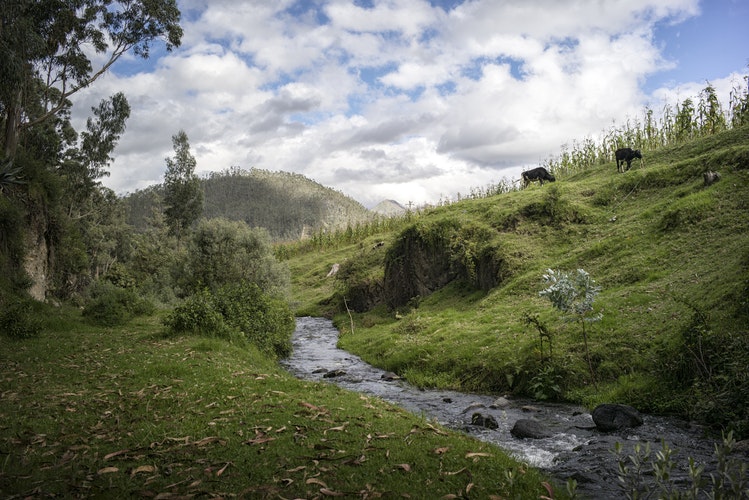
Summary
For a relatively small nation of the South American continent, it is one of the 17 megadiverse nations in the world. Due to its incredible landscape and rich flora and fauna, it is definitely a place to visit. Remember that planning your trip with Travset.com will give you the quickest information about nearest emergency services and will also help you purchase indispensable travel insurance for the trip of your lifetime. Please feel free to comment and share the experiences of your travels with Travset.com.
Sources
(Visa)
https://www.cancilleria.gob.ec/en/requirements-for-a-visa-application/
(Vaccinations)
https://wwwnc.cdc.gov/travel/destinations/traveler/none/ecuador
https://wwwnc.cdc.gov/travel/yellowbook/2018/infectious-diseases-related-to-travel/yellow-fever-malaria-information-by-country/ecuador#seldyfm879
https://wwwnc.cdc.gov/travel/yellowbook/2018/infectious-diseases-related-to-travel/yellow-fever#5291



